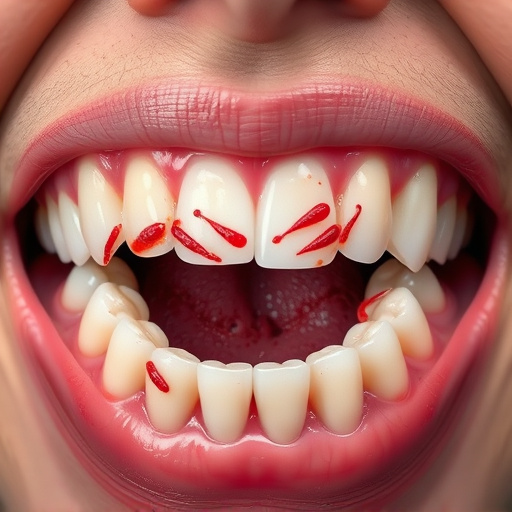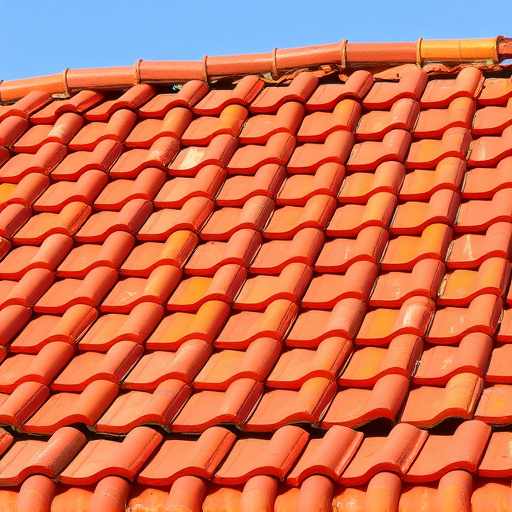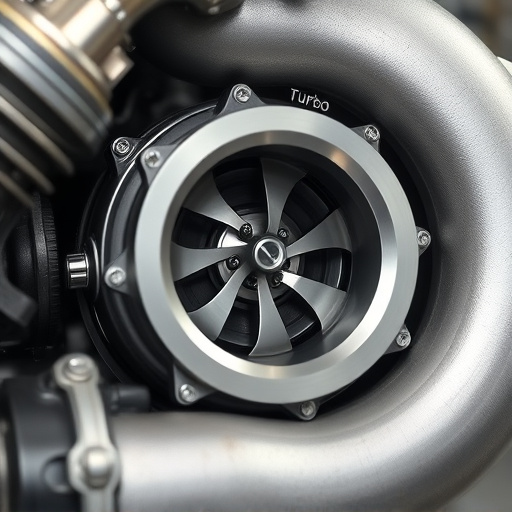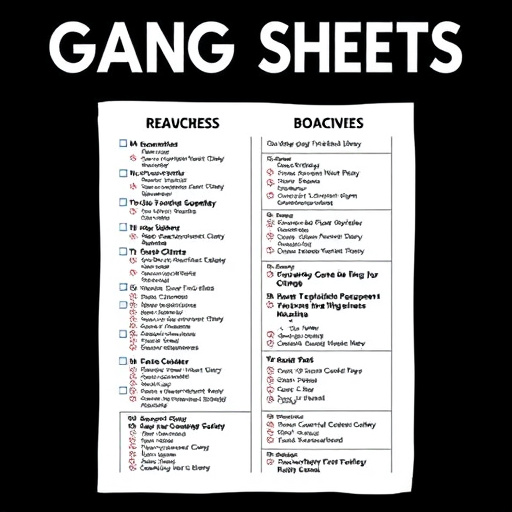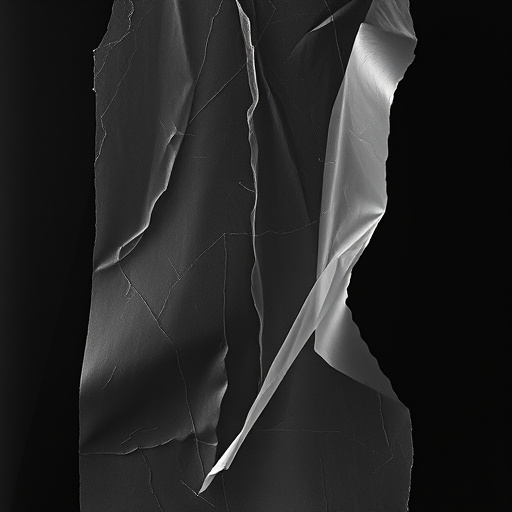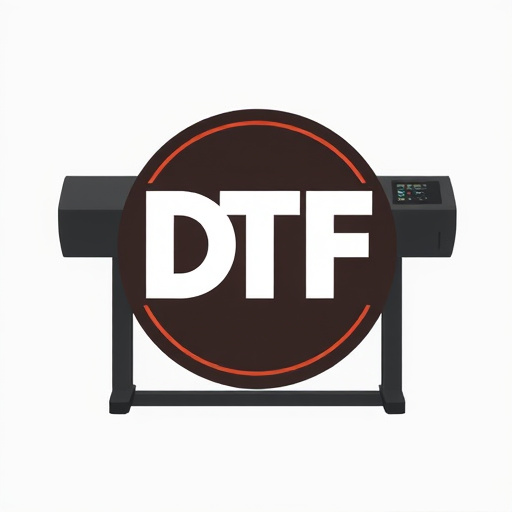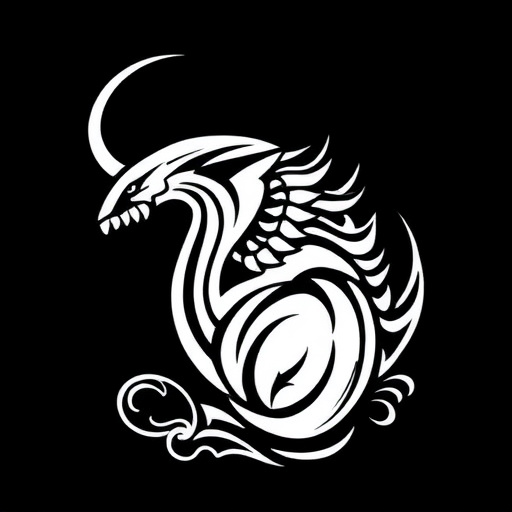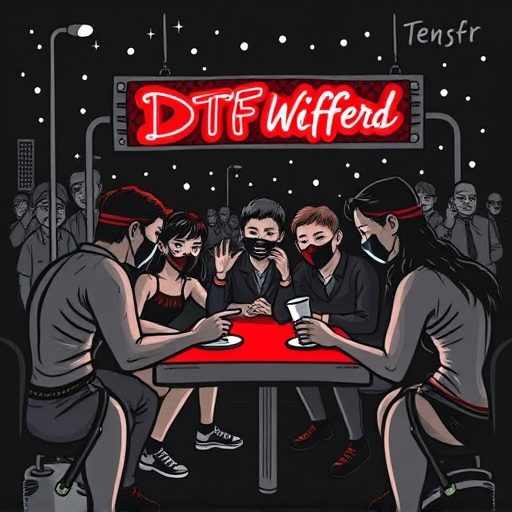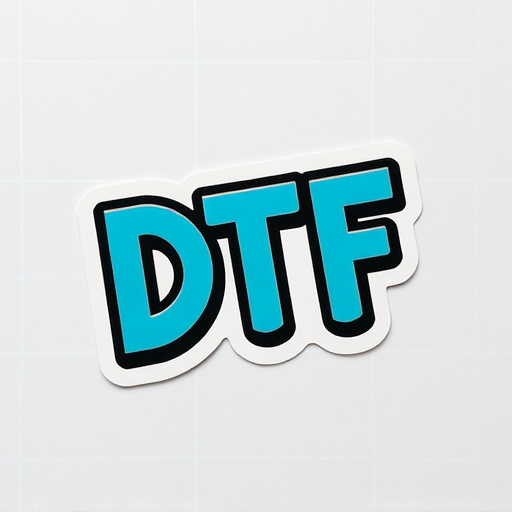Custom DTF Transfers Ready to Press offer versatile design possibilities for professionals and hobbyists. Prepare designs with high-res vector graphics (300 DPI or higher), convert to CMYK color mode, and optimize for DTG apparel. Use vibrant inks, ensure sharp lines, set correct print settings, calibrate printers, and test on scrap materials for optimal results.
“Enhance your printing game with customized orders for Ready to Press (DTF) transfers. This comprehensive guide explores the art of personalization, empowering designers to unlock endless possibilities. From understanding diverse customization options to optimizing design preparation, you’ll master the secrets to achieving high-quality prints. Discover tips and tricks to elevate your DTF Transfers, ensuring every creation is unique and visually stunning. Get ready to dive into a world where creativity meets precision printing.”
- Understanding Customization Options for DTF Transfers
- Preparing Your Design for Optimal Printing Results
- Achieving High-Quality Customized Prints: Tips and Tricks
Understanding Customization Options for DTF Transfers
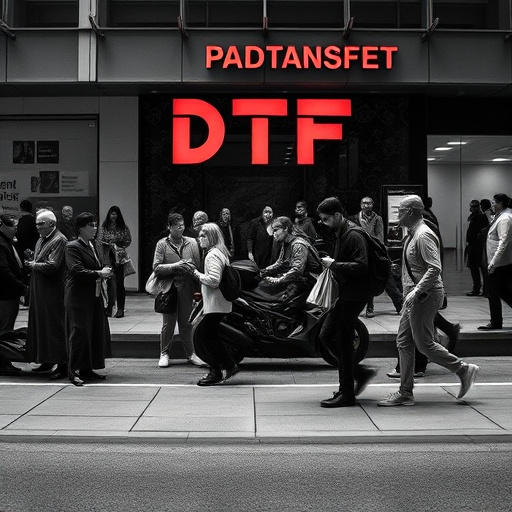
When it comes to Custom DTF Transfers (Direct to Film Transfers), understanding your customization options is key. These ready-to-press transfers offer a wide array of possibilities, from simple text and graphics to complex images and designs. The process involves using specialized software to prepare your artwork, ensuring it meets the specifications of the direct to film printer. This includes setting the correct resolution, color profiles, and cutting paths to achieve sharp, precise dtf prints.
By leveraging these customization options, you can create unique and personalized products with ease. Whether you’re looking to add a custom name, logo, or intricate illustration, the versatility of DTF Transfers allows for endless creativity. So, whether you’re a professional designer or a hobbyist, exploring the various customization features will help you unlock the full potential of your direct to film printing projects.
Preparing Your Design for Optimal Printing Results
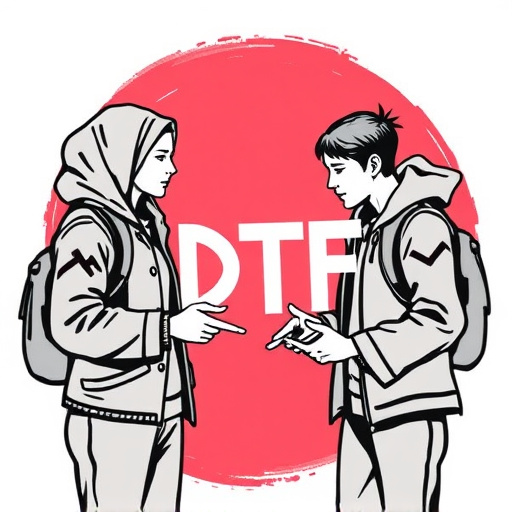
To achieve optimal printing results with your Custom DTF Transfers Ready to Press, careful preparation of your design is key. Start by ensuring your artwork is in high-resolution format—300 DPI or higher—and saved as a vector graphic (AI, EPS) for crisp details and scalability. This is particularly important for intricate designs with fine lines or small text, which can become blurred if the resolution is too low.
Next, consider color mode; CMYK is the standard for printing, so converting your design to this mode before sending it off will ensure accurate representation on the final product. Avoid using RGB colors as they may look different once printed. Additionally, check for any potential issues like crop marks, bleed, or trimming areas in your design software to prevent unwanted cuts or misalignments during the printing process, especially with cold peel DTF transfers for clothing brands. Make sure your design is optimized for DTF for Apparel, leaving adequate space around the print area to account for any potential movement or expansion of the material.
Achieving High-Quality Customized Prints: Tips and Tricks
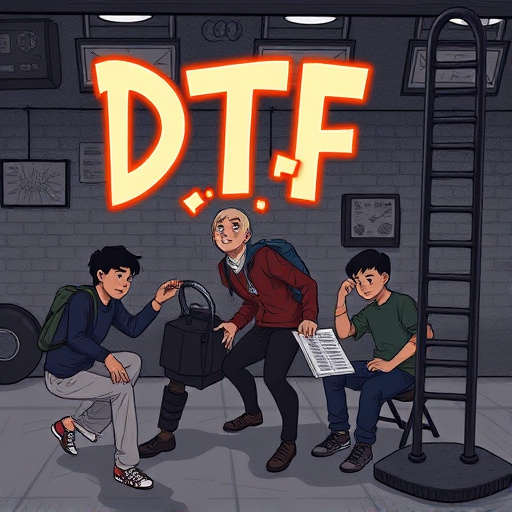
Achieving high-quality customized prints on ready-to-press transfers requires a keen eye for detail and a good understanding of your DTG printing process. Start by selecting top-grade, vibrant inks designed specifically for DTF printing to ensure your colors remain true and rich. The quality of your design is also paramount; sharp, crisp lines and intricate details will translate better onto the fabric. Consider using vector graphics or high-resolution raster images to maintain clarity at various print scales.
Before printing, prepare your design software with the correct settings for DTG printers. This includes setting the right resolution (typically 300 DPI), color mode (CMYK), and printing profiles. Calibrate your dtf printer regularly to maintain accuracy. Additionally, choosing the appropriate fabric type is essential; for instance, lighter fabrics like cotton or poly-cotton blends allow ink to adhere better compared to darker, smoother surfaces. Test prints on scrap materials to fine-tune your settings and ensure optimal dtf printing for light fabrics.
Customizing orders for ready-to-press transfers allows you to create unique, high-quality prints. By understanding the various customization options, preparing your design for optimal printing results, and utilizing tips for achieving exceptional quality, you can produce outstanding DTF transfers. These techniques empower you to meet diverse customer needs and stand out in the market with visually appealing, personalized products.
